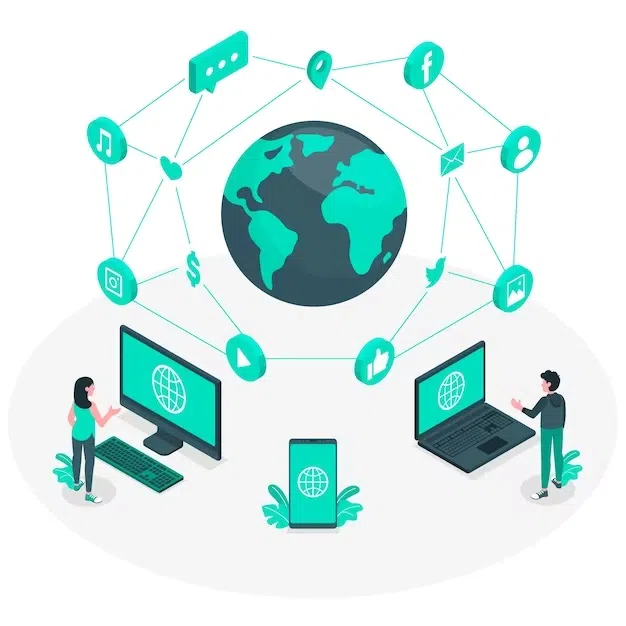Introduction
The traditional landscape of work has undergone a profound transformation, accelerated by global events and rapid technological advancements. The emergence of remote work and hybrid models has shifted the paradigm of how we perceive work and the workplace. In this blog, we’ll delve into the future of work, explore the dynamics of remote work and hybrid models, and understand how organizations and employees are adapting to this new era.
Remote Work: A Paradigm Shift
Remote work, once considered an exception, has become a norm for many organizations. This transition was primarily fueled by the advancements in digital communication technologies, allowing employees to effectively collaborate and work from diverse locations. The benefits of remote work are manifold, including increased flexibility, cost savings, and a broader talent pool.
The Hybrid Work Model: A Blend of Two Worlds
The hybrid work model represents a flexible approach where employees have the option to work both remotely and from a centralized office space. This model offers the best of both worlds, allowing individuals to maintain a work-life balance while fostering collaboration and team dynamics through in-person interactions.
Key Components of the Future Work Environment
1. Technological Integration:
Utilizing collaborative tools, project management platforms, and virtual communication solutions to ensure seamless connectivity and productivity regardless of location.
2. Flexible Work Policies:
Implementing policies that give employees the autonomy to choose their work environment, fostering a sense of trust and ownership.
3. Focus on Outcomes:
Shifting from a time-centric approach to an outcome-centric model, where productivity is evaluated based on results rather than hours worked.
4. Employee Well-being:
Prioritizing the mental and physical well-being of employees by providing resources, support, and initiatives that enhance their overall health and happiness.
Adapting to the Future of Work
1. Upskilling and Reskilling:
Continuous learning and upskilling are essential to keep pace with evolving technologies and remain relevant in the dynamic job market.
2. Effective Communication:
Mastering the art of clear and concise communication, especially in a remote or hybrid work environment, is critical for collaboration and understanding.
3. Embracing Change:
Cultivating a mindset that embraces change and adapts to new technologies, methodologies, and work environments is crucial for professional growth and success.
Benefits of the Future Work Environment
1. Improved Work-Life Balance:
The flexibility offered by remote work and hybrid models allows individuals to better manage their professional and personal commitments.
2. Enhanced Productivity and Efficiency:
Employees, empowered by technology and a conducive work environment, can focus on tasks and deliver quality results, ultimately boosting productivity.
3. Diverse Talent Acquisition:
The ability to hire talent from different geographical locations enables organizations to build a diverse and inclusive workforce, enriching creativity and perspectives.
Challenges and the Way Forward
While the future of work promises numerous benefits, challenges such as ensuring effective communication, maintaining company culture, and addressing potential disparities in the hybrid model need to be addressed. By fostering a culture of adaptability, leveraging technology, and placing the well-being of employees at the forefront, we can navigate these challenges and embrace a future of work that is empowering and fulfilling.
The future of work is a dynamic landscape that necessitates a willingness to evolve and adapt. By embracing the changes, organizations and individuals can thrive in this transformative era, leveraging the power of technology and redefining the very essence of work itself.
For more updates stay with boardofjobs.com

